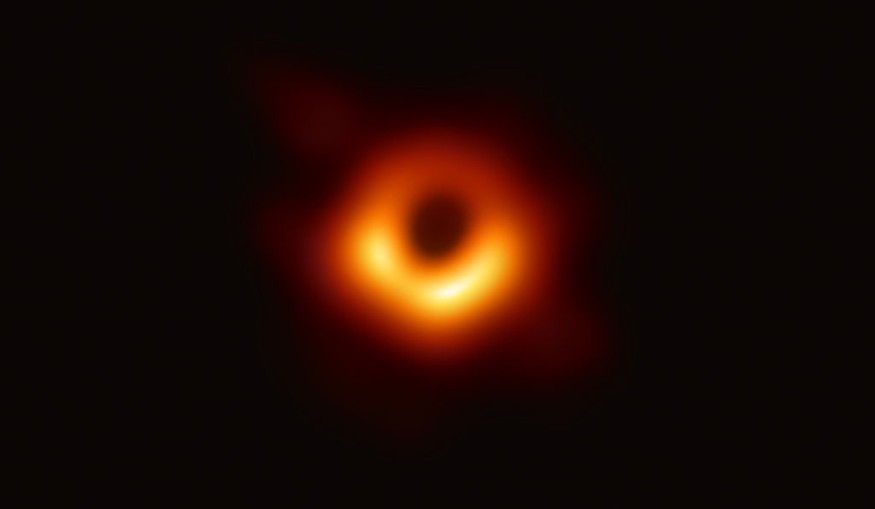
We really can't prove Einstein inaccurate, try as we may. One hypothesis of his general relativity principle is that simple structures are black holes, and listening to "ring" implies that this is valid.
Three properties will thoroughly explain any black hole per general relativity. Its density, its rotation, and its electrical charge. These things come down to the first two, in reality, so we do not expect damages to accumulate from black holes.
From below the event horizon, any other evidence regarding a black hole, such as the characteristics of the objects sunk through it, is not measurable. This additional data is called "hair," Thus, the theorem is regarded as the no-hair theory.
Ringing Black Holes?
Our black holes discoveries have all been aligned with this theory. Sean Carroll, a researcher at Caltech, says that certain scientists believed that black holes do not exist in theorists' imaginations. Skeptics proposed that black holes could only shape impossible situations, such as the fall of a perfectly spherical star.
Yet Maximiliano Isi and his collaborators at the Massachusetts Institute of Technology decided to try it in a new way: utilizing gravitational waves, ripples generated by large rotating events in spacetime.
We know that the remaining black hole can "ring" like a bell when a pair of black holes collide, releasing gravitational waves at many wavelengths. Much as its form defines a bell's note, its mass and rotation decide the strength of waves generated by the black hole. "Inextricably linked to the shape of the bell, these frequencies and their lifetimes allow you to listen to the ringing and learn about its structure," says Isi.
The pitch that stays the longest is considered the fundamental, but notes called overtones are often shorter-lived. As Leo Stein of the University of Mississippi notes, the basic rings are like a high-quality wine glass, and the overtones are more like a thud.
How Loud Is The Sound?

In a gravitational wave pulse observed in 2015 by LIGO, Isi and his colleagues tried to locate one of these overtones. This is the first time that anybody has found more than one tone in a gravitational wave.
The LIGO team had already measured the black hole's mass and spin based on all of the signal details. Isi and his teammates have now used only the overtone wavelengths they find to approximate the mass and spin.
They say that the black hole is approximately 68 times the sun's mass and revolves about 100 times a second. It is a fair fit with the value determined previously. Because Isi's estimation is based on the no-hair theorem, this implies that it is correct. Einstein is still right, in other words.
The outcome is not especially accurate. By up to 20 percent, the black hole could also veer away from relativity. There is a fair possibility, though, that it will be replicated. Katerina Chatziioannou at the Flatiron Institute in New York says the finding came from the loudest binary black hole signal we've had thus far. But more signals have not been evaluated yet. Physicists should cause these calculations to pin down if black holes have fur.
The key sound and a single overtone from an especially noisy merger were teased out by Teukolsky and colleagues in September 2019. Suppose experimenters can increase their detectors' sensitivity. In that case, experts say they may be able to discern two or three overtones, enough to begin checking the no-hair theorem.
Check out more news and information on Space on Science Times.
© 2026 ScienceTimes.com All rights reserved. Do not reproduce without permission. The window to the world of Science Times.












